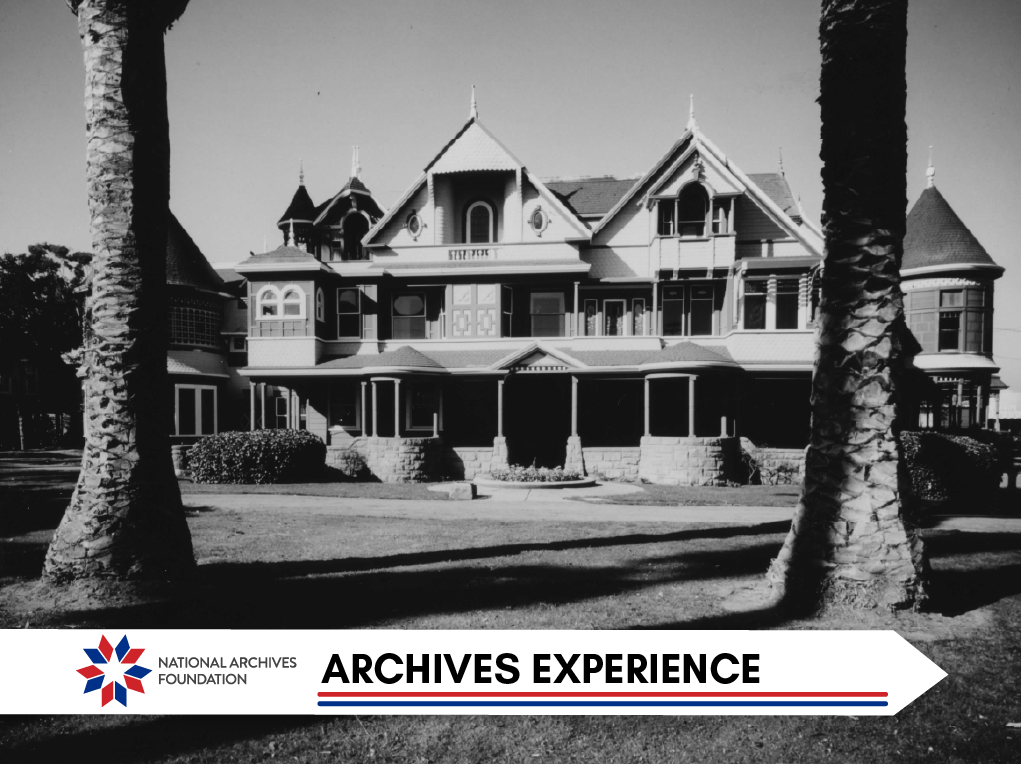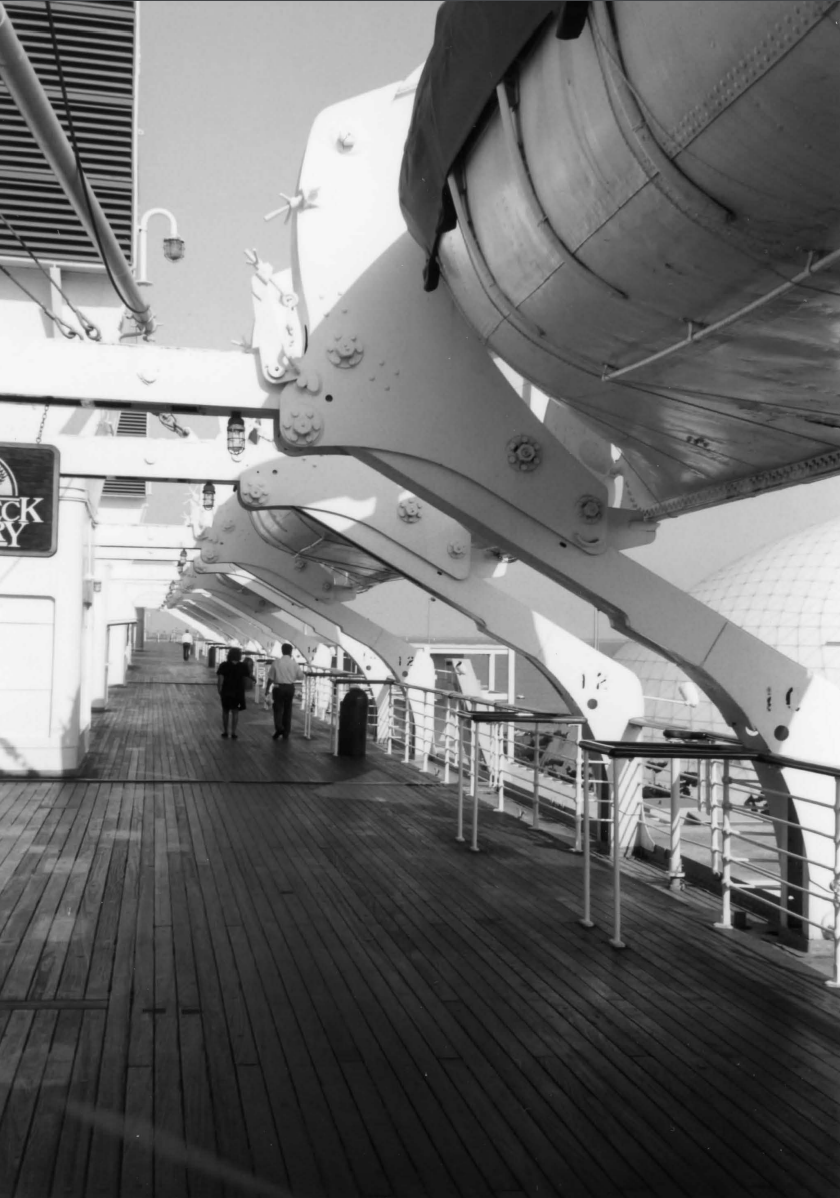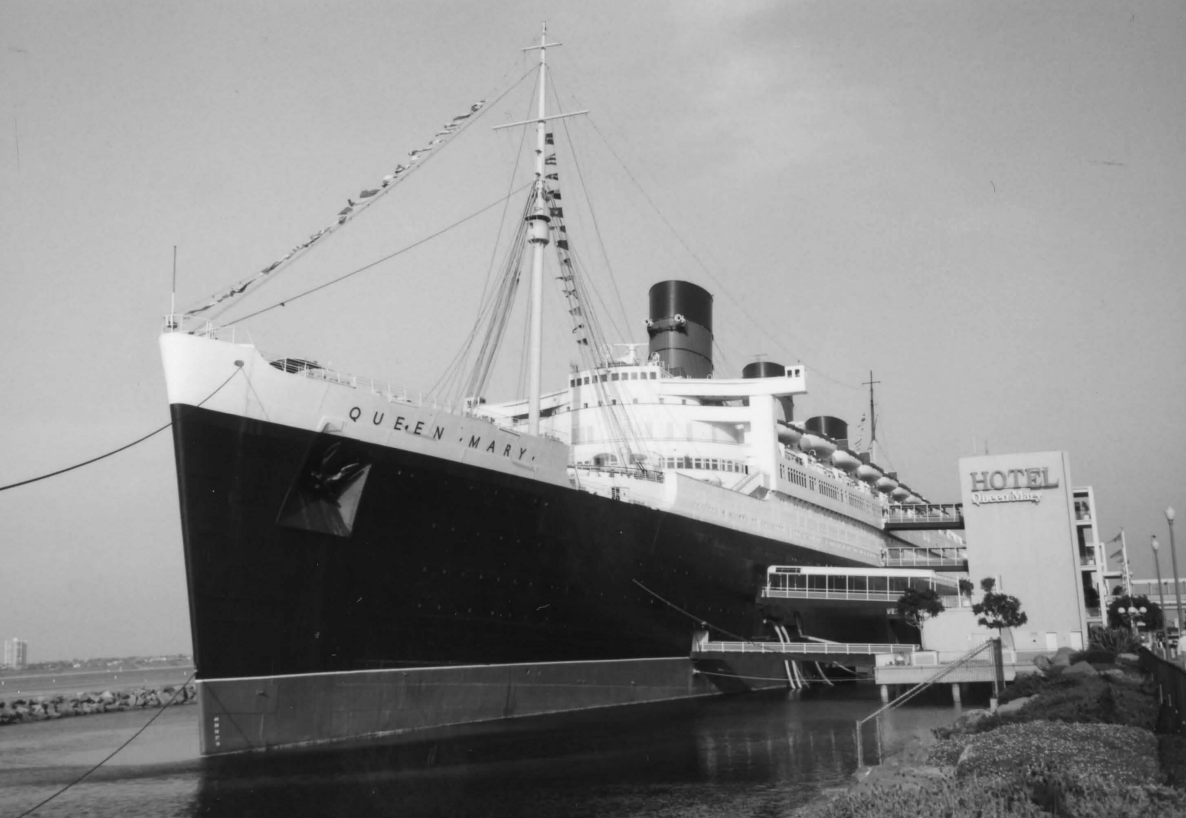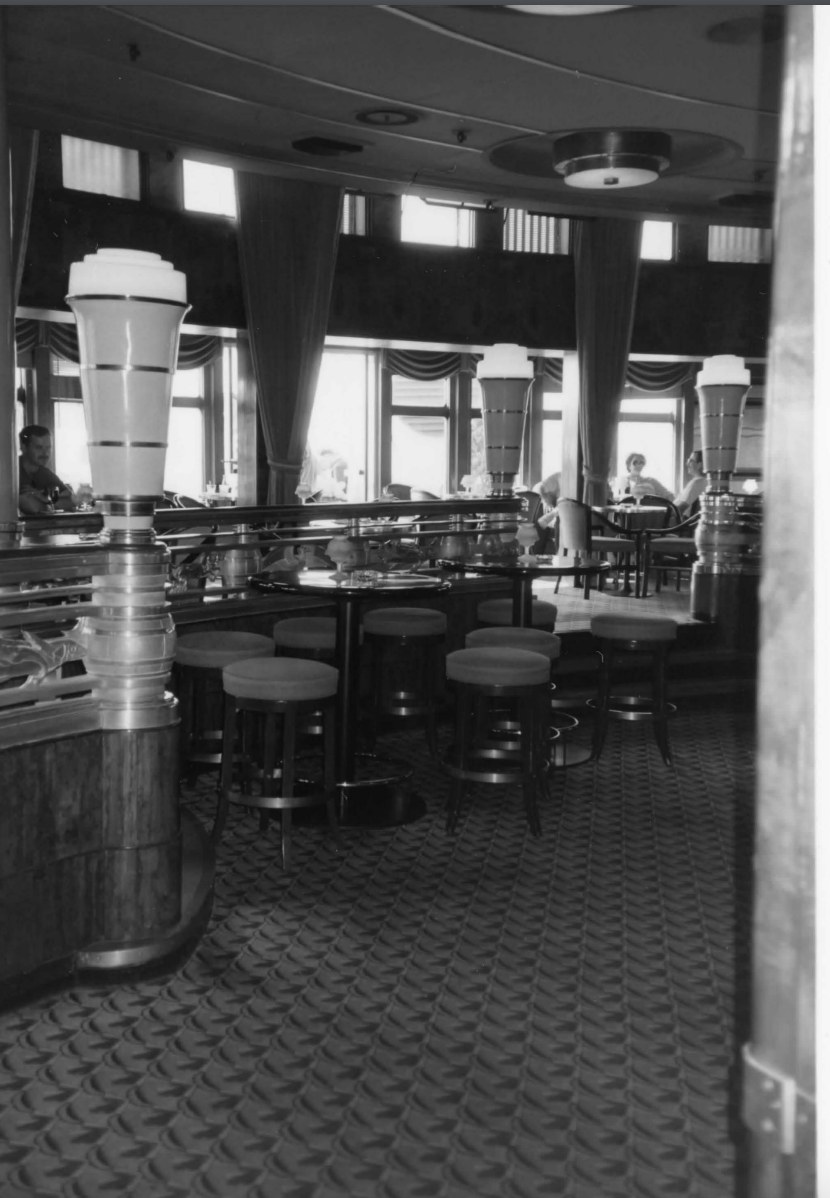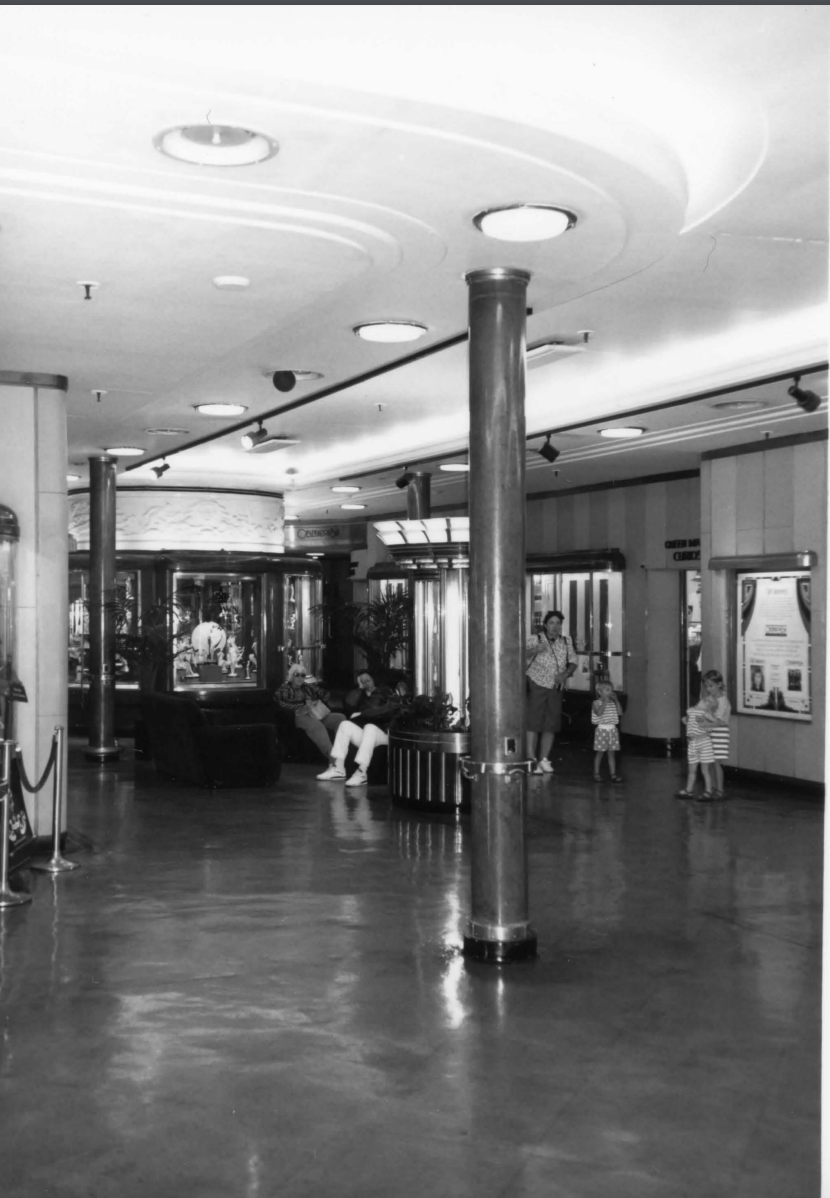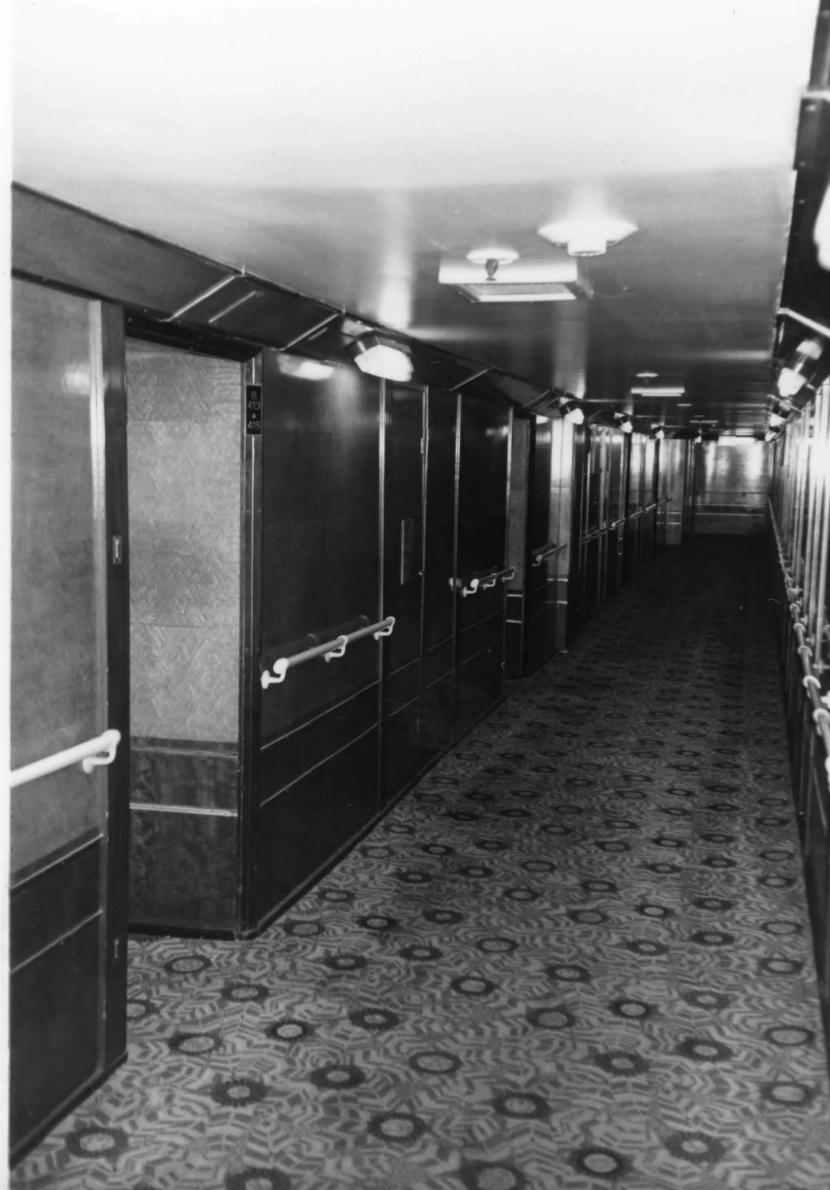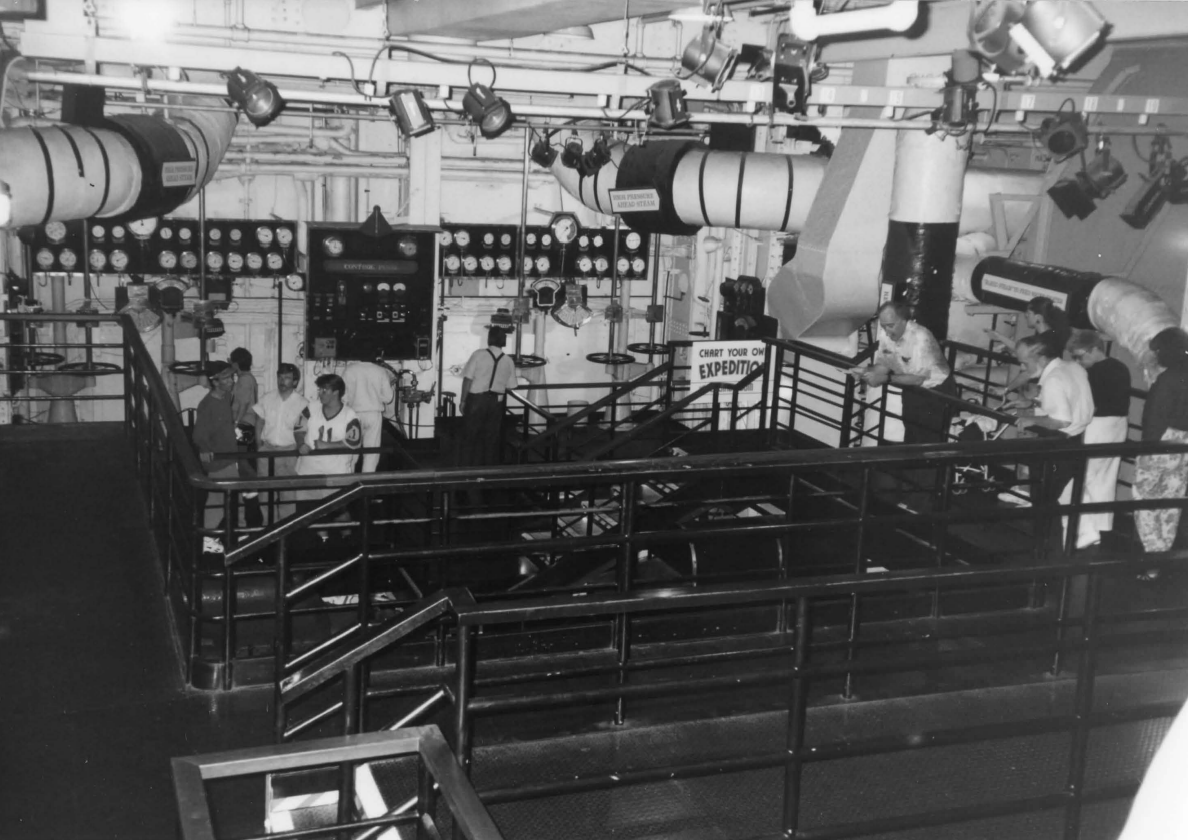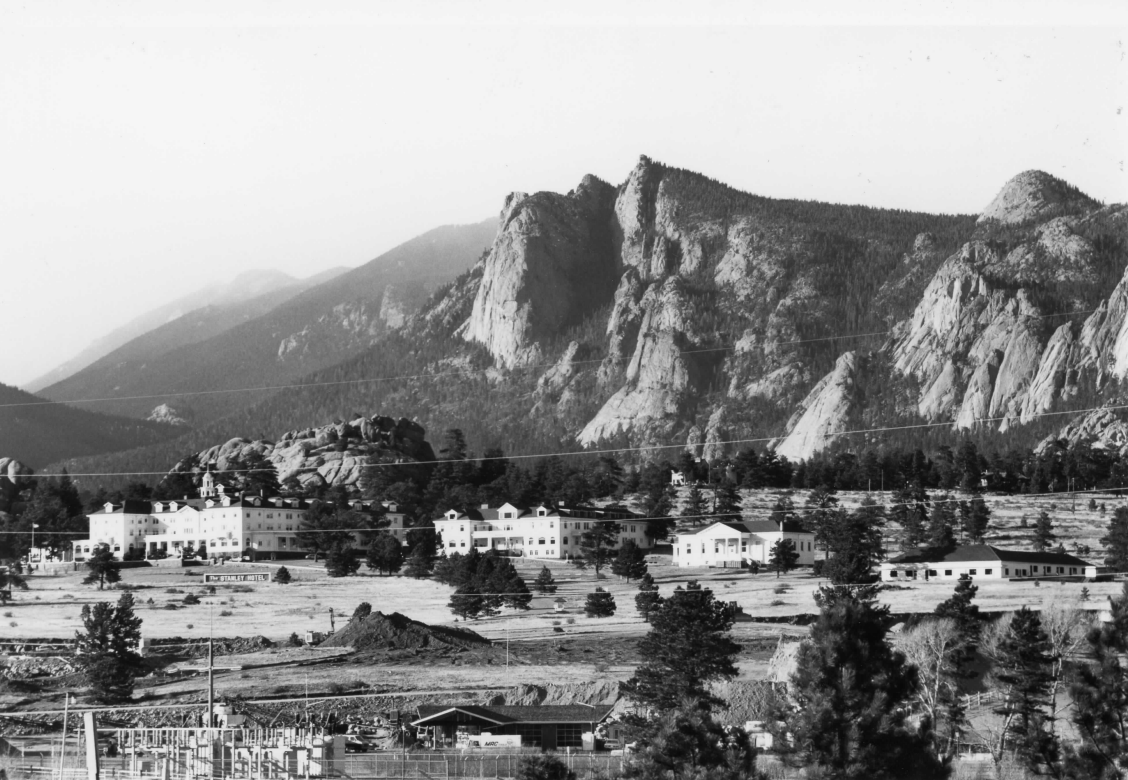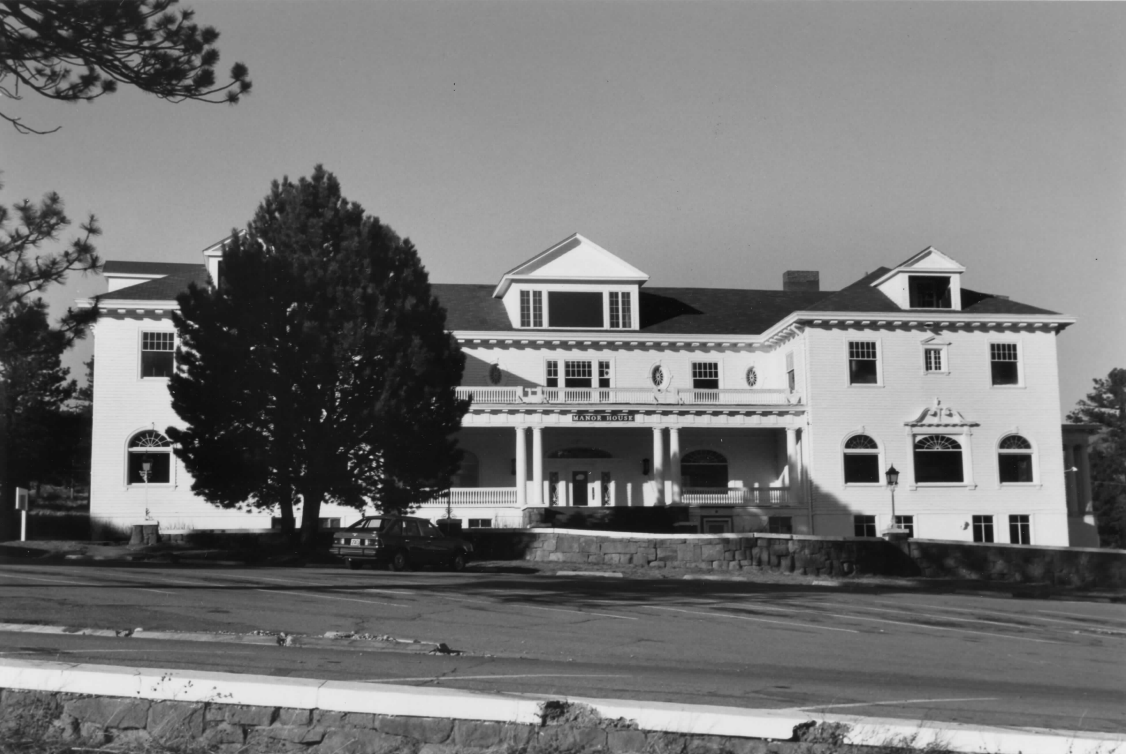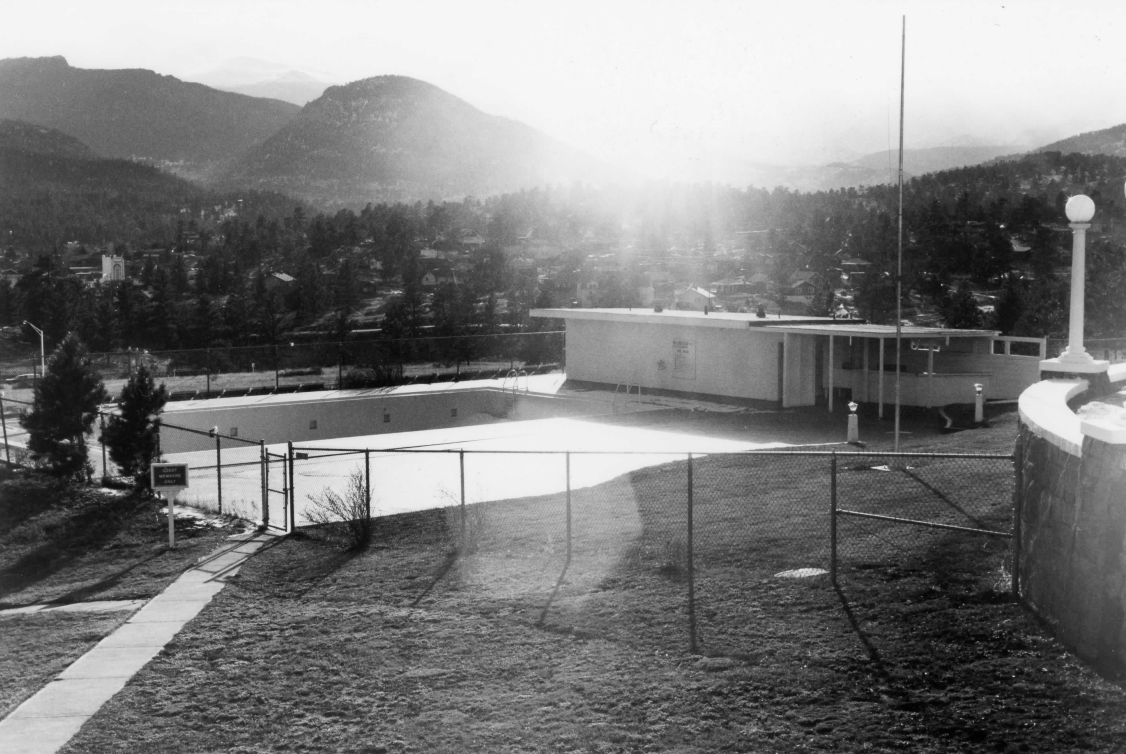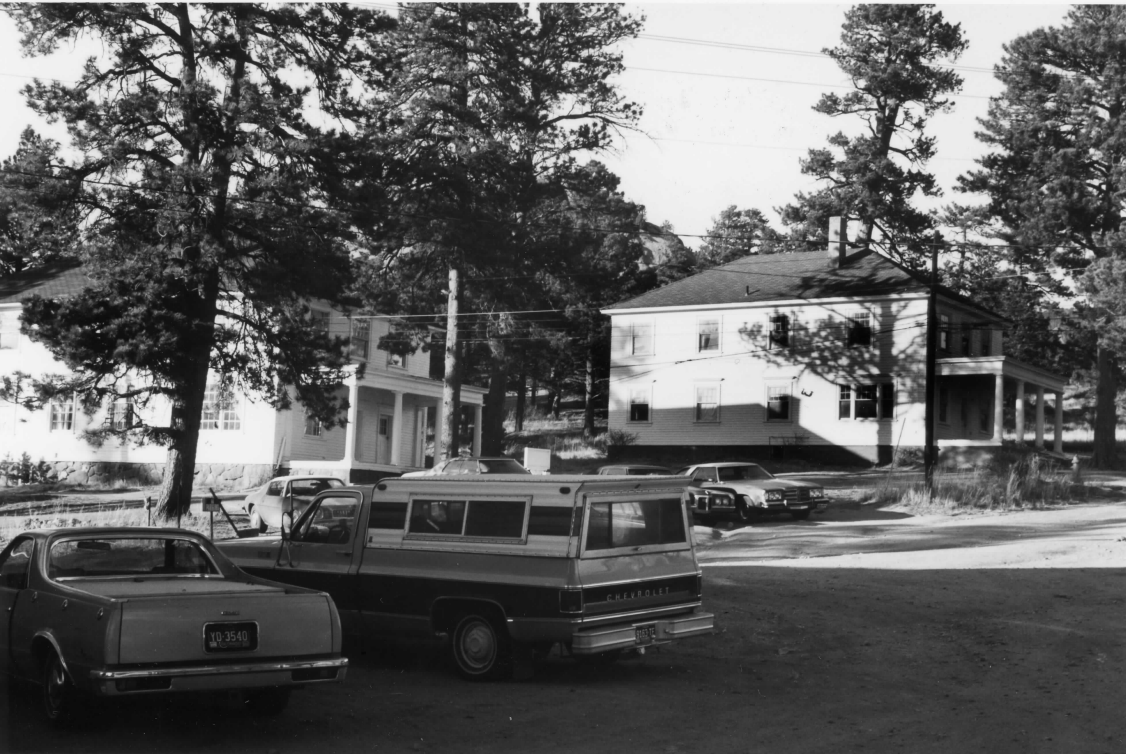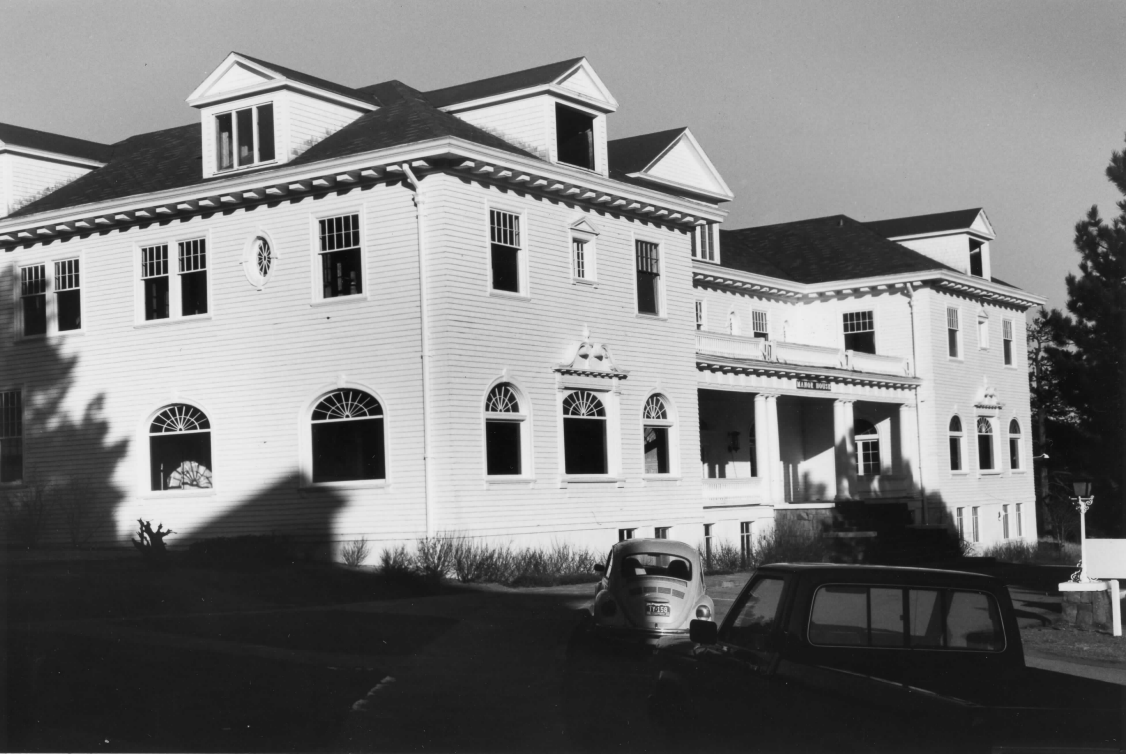Archives Experience Newsletter - October 31, 2023
America’s Most Haunted
The National Archives is home to the most important documents in American history, from the Declaration of Independence to the Emancipation Proclamation. But there’s more to the National Archives than what you learned in your history textbooks. The National Register of Historic Places is a list of sites that are preserved because of their historical significance. Maintained by the National Parks Service but held in the National Archives, it’s full of our country’s hidden history, including places famous for ghostly activity.
Like most haunted locations, these sites have dark backstories: untimely deaths, skin-crawling punishments, and creepy children reminiscent of The Shining. While the haunted history of each of these historical sites is true, we’ll let you decide if ghosts really lurked in their halls.
Welcome to the Archives after dark.
In this issue
History Snack
1. Eastern State Penitentiary—Philadelphia, Pennsylvania

Eastern State
The story of this prison goes all the way back to Founding Fathers Benjamin Franklin and Benjamin Rush. Both were part of a Quaker movement that wanted Pennsylvania to be a leader in a new kind of prison focusing on reflection, spirituality, and reform through solitude. This movement was actually the origin of solitary confinement, a practice that continues today in modern prisons.
Eastern State Penitentiary was completed in 1836. It was considered state of the art, and had plumbing and heating before the White House did. The prison was internationally renowned for its reform methods and was visited by the Marquis de Lafayette and writer Alexis de Tocqueville. But when author Charles Dickens visited, he had a different take, calling “hopeless solitary confinement…cruel and wrong.”

Eastern State

Eastern State
To minimize prisoners’ human interactions, they received meals through a “feed slot,” and guards wore fabric on their shoes so their footsteps were silent. All communication was strictly forbidden, even letters from home, and the only book permitted within the prison walls was the Bible. On the rare occasions that prisoners left their cells, they wore heavy masks that completely blinded them. Solitary confinement at the penitentiary ended in the 20th century, but mistreatment did not. Prisoners were often punished by being immobilized in a “mad chair” for days or dunked in freezing water and left out in the cold night air.

Eastern State
After 142 years, the Eastern State Penitentiary closed its doors in 1971, but it was added to the National Register of Historic Places on October 15,1966.
Dark energy is rumored to be locked in the prison, which has been named one of America’s most haunted places and now operates as a museum. Infamous prisoner Al Capone reported nightly hauntings by a victim of his St. Valentine’s Day massacre. Modern day investigators and visitors report sightings of shadow figures walking through cell blocks. They’ve also heard whispering, giggling, and crying without ever finding a source and being touched by cold hands, only to turn around and find no one there.
2. Dock Street Theater—Charleston, South Carolina

Dock Street Theater
The Dock Street Theater was America’s first theater, opening in 1736. After being destroyed by Charleston’s Great Fire in 1740, the building was erected again in 1809, and reopened as Plantar’s Hotel.

Dock Street Theater
Plantar’s Hotel was one of the preeminent hotels in Charleston before the Civil War, hosting elite families vacationing in the city. Frequent guests included a traveling theater group, the most famous among them being Junius Brutus Booth—father of actor Edwin Booth and Lincoln’s assassin John Wilkes Booth. He became infamous at the Plantar’s Hotel after getting into a near-death altercation with the manager. The hotel eventually closed and after major renovations, opened as a theater in 1935 and again in 2010.

Dock Street Theater
Since then, ghosts have taken the stage. Junius Booth apparently haunts the halls and theater. But a spirit with far more claim to the building is Nettie Dickerson, an impoverished girl who frequented Plantar’s Hotel looking for love in the early 1800s. But even after spending her savings on a stunning red dress, she was never accepted by the upper crust of Charleston. She was last seen on the second-floor balcony before she was struck and killed by a bolt of lightning. Guests and workers today say they see Nettie walking the hotel, still wearing her red dress.
The Dock Street Theater is the last surviving antebellum hotel in Charleston. It was added to the National Register of Historic Places on June 19, 1973.
3. RMS Queen Mary—Long Beach, California
The RMS Queen Mary was built in 1926, but the Great Depression delayed her first voyage until 1936. The ship served as a lavish vacation site for the rich while as well as overseas transportation for immigrants. Since the quality of the accommodations matched one’s social class, the Queen Mary was a microcosm of society.
The ship was owned by Cunard, a shipping company that had acquired White Star Lines (which had owned the doomed Titanic) just a few years before its construction. In fact, the Queen Mary is important because she is the only ship left of her kind; the Titanic, Olympic, and the Queen Elizabeth are all gone.
The Queen Mary’s luxury days ended when she was conscripted into service during World War II. Luxury furnishings were stripped away to transport hundreds of soldiers—she carried more than 800,000 soldiers on 72 trips from America to Sydney, Australia, and Gourock, Scotland. After the war, she became stationary and was converted into a hotel.
So who’s haunting the high seas? In her years at sea, the Queen Mary had 49 deaths aboard. One was the particularly gruesome death of a crew member crushed by Hatch Door #13. His ghost is said to be roaming the area, and guests and workers have heard him whistling or asking for a wrench.
In state rooms, people have had covers pulled off them at night and see realistic figures that then fade away. Beds are made and unmade, lights that were off turn on, and water starts running on its own. Guests also feel cold spots or people brushing against them, even when they’re alone.
The RMS Queen Mary was added to the National Register of Historic Places on April 15, 1993
4. Stanley Hotel—Estes Park, Colorado
In 1903, inventor and entrepreneur F. O. Stanley was dying of tuberculosis, and doctors said he had three months to live. In an attempt to prolong his life, he moved to Colorado, where the dry mountain air worked wonders. He opened the Stanley Hotel in 1909, and it became a shining example of luxury with its electricity and bathrooms. Stanley himself lived there another 37 years.
Famous guests included band leader John Phillip Sousa, Molly Brown, Theodore Roosevelt, Joan Baez, and Bob Dylan. Oh, and Stephen King.
As the author and his wife slept in room 217, a series of nightmares forced King awake. Sleepless, he spent the night writing what became The Shining. King may have been sharing that room with someone who never clocked out from work. A gas leak at the hotel in 1911 caused an explosion when chambermaid Elizabeth Wilson entered that same room 217 with a lit candle. Miraculously, she survived and worked at the hotel until 1950. But guests say that she’s still around, making their beds and folding clothes.
The fourth floor is reported to be particularly creepy. One staff member became suddenly ill there, room 401 is occupied by a malevolent male presence, and guests share room 428 with a cowboy that stares at them while they sleep. Giggling children are heard throughout, and the ghost of a former pastry chef is said to haunt the servants’ passageways, leaving behind the smell of baked goods. F. O. Stanley and his wife are also seen—Stanley at the bar or billiard table and Flora at the piano.
The Stanley Hotel was added to the National Register of Historic Places on May 26, 1977. It was updated to include the Stanley Hotel district in 1985.
Explore the National Register of Historic Places yourself. You can search the full register in the National Archives Catalog by typing in “National Register of Historic Places” and “Name of Location.” Search for your favorite haunted spots, or find the history in your own community.





